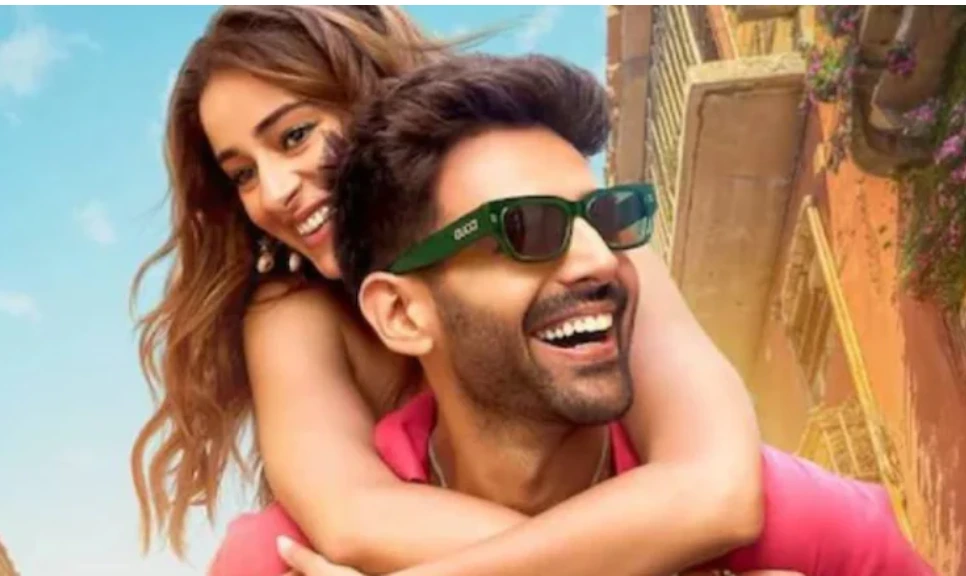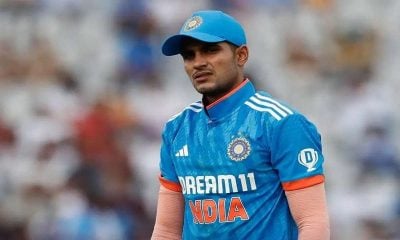As the holiday season kicks in, a packed slate of fresh OTT and theatrical releases is set to entertain audiences this week. From crime thrillers and disaster dramas to comedy shows and romantic films, viewers have multiple options across platforms and cinemas. Here is a detailed look at what’s releasing between December 19 and December 26, based strictly on available information.
Major OTT releases this week
Several high-profile web series and films are making their digital debut across platforms, spanning genres like thriller, drama, comedy and fantasy.
Mrs Deshpande (December 19)
An Indian adaptation of the French thriller La Mante, this series stars Madhuri Dixit as a convicted serial killer imprisoned for years. The story takes a turn when a copycat killer surfaces, forcing the police to seek her assistance to crack the case.
Raat Akeli Hai: The Bansal Murders (December 19)
This standalone sequel revisits Inspector Jatil Yadav, who finds himself probing a complex murder. As the investigation progresses, layers of greed, betrayal and dark family secrets come to light.
Four More Shots Please Season 4 (December 19)
The final season focuses on the four central characters confronting personal truths and growth. The narrative tracks their emotional journeys as they reassess choices, relationships and identities.
A Time For Bravery (December 19)
The film follows a nervous psychoanalyst sentenced to community service after a traffic accident. Assigned to counsel a depressed police officer, the unlikely duo soon gets caught in a dangerous criminal conspiracy linked to national security.
The Great Flood (December 19)
Set against what appears to be Earth’s final day, this disaster drama depicts a massive global flood. The story centres on survivors trapped inside a sinking high-rise building as water levels rise rapidly.
The Great Indian Kapil Show Season 4 (December 20)
Returning after a short break, the new season brings back familiar faces with fresh sketches, aiming to appeal to viewers across age groups.
Sicily Express (December 22)
This series follows two Sicilian nurses working in Milan who discover a magical dumpster portal allowing instant travel between Milan and Sicily. Their plan to run a secret commuter service leads to unexpected misadventures.
Ghost Adventures: House Calls – Season 2 (December 24)
The paranormal series documents investigators visiting real homes where families report unexplained experiences, aiming to identify and understand unusual activity.
Harry Potter: Wizards of Baking – Season 2 (December 25)
Set on actual movie locations, this season challenges bakers to create desserts inspired by iconic moments from the Harry Potter films, with hosts and guest appearances from the franchise.
Hustlers, Gamblers, Crooks – Season 2 (December 26)
The series presents real-life stories of risk, cons and high-stakes decisions, narrated by the people who lived through them.
Films releasing in theatres
Two notable films are hitting cinema screens on Christmas Day, offering contrasting genres.
Tu Meri Main Tera Main Tera Tu Meri (December 25)
Marketed as a Christmas romance, the film stars Kartik Aaryan and Ananya Panday. It follows two individuals who discover love during personal journeys of self-discovery, while navigating family expectations and modern relationships.
Anaconda (December 25)
The film tracks two friends dealing with midlife crises who travel to the Amazon rainforest to remake their favourite childhood movie. Their plans spiral into a survival ordeal when they encounter a giant anaconda.

















